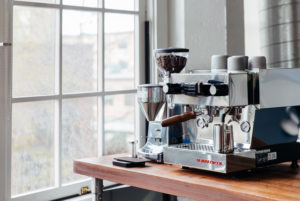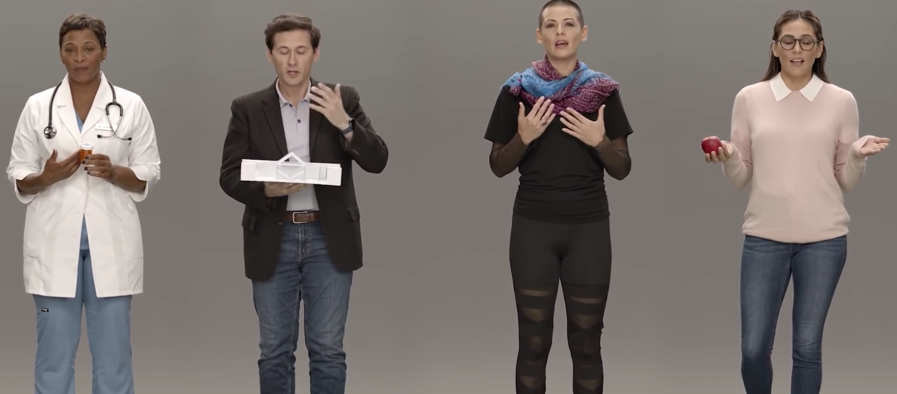
Almost daily I get someone asking me how they can best keep their coffee fix going during isolation. Social distancing is possible. Coffee distancing, not possible.
That inevitably leads to questions about which machine to buy.
One of my favourites is the La Marzocco Linea Mini. Affordable, great quality, and gets you fully armed with an iconic machine for the years to come. Now, you want to get a grinder to go with it and while you could drop a heap on a “status grinder” – you know, the kind that any barista would look at and regard you as legit, I’m finding the Breville Smart Grinder well worth it.
Turns out my favourite roaster, St Ali has cooked up a cracker of a deal.
No lines, no queues, not too hot, not too cold. Your own tunes, your own cup, open early and open late. Be your own barista at home with ST. ALi and La Marzocco.
We’ve teamed up with our friends at La Marzocco to help bring ST. ALi home. Grab a La Marzocco Linea Mini today for $5990 and we’ll set you up with a 1 year ST. ALi Orthodox Subscription, with a bunch of goodies thrown in by La Marzocco. Need some help brewing and Melbourne-based? We’ll also send you latte art legend, competition wizard, and all-round nice guy Shinsaku Fukayama for three hours of training, hazmat-suited if need be.
So, the machine should pretty much pay for itself… over whatever period of time reflects your fueling. Two great brands and one great deal. What’s not to like. And St Ali also sells the Breville Smart Grinder Pro.
And, you get to support an amazing Roaster and a bunch of really good people.






